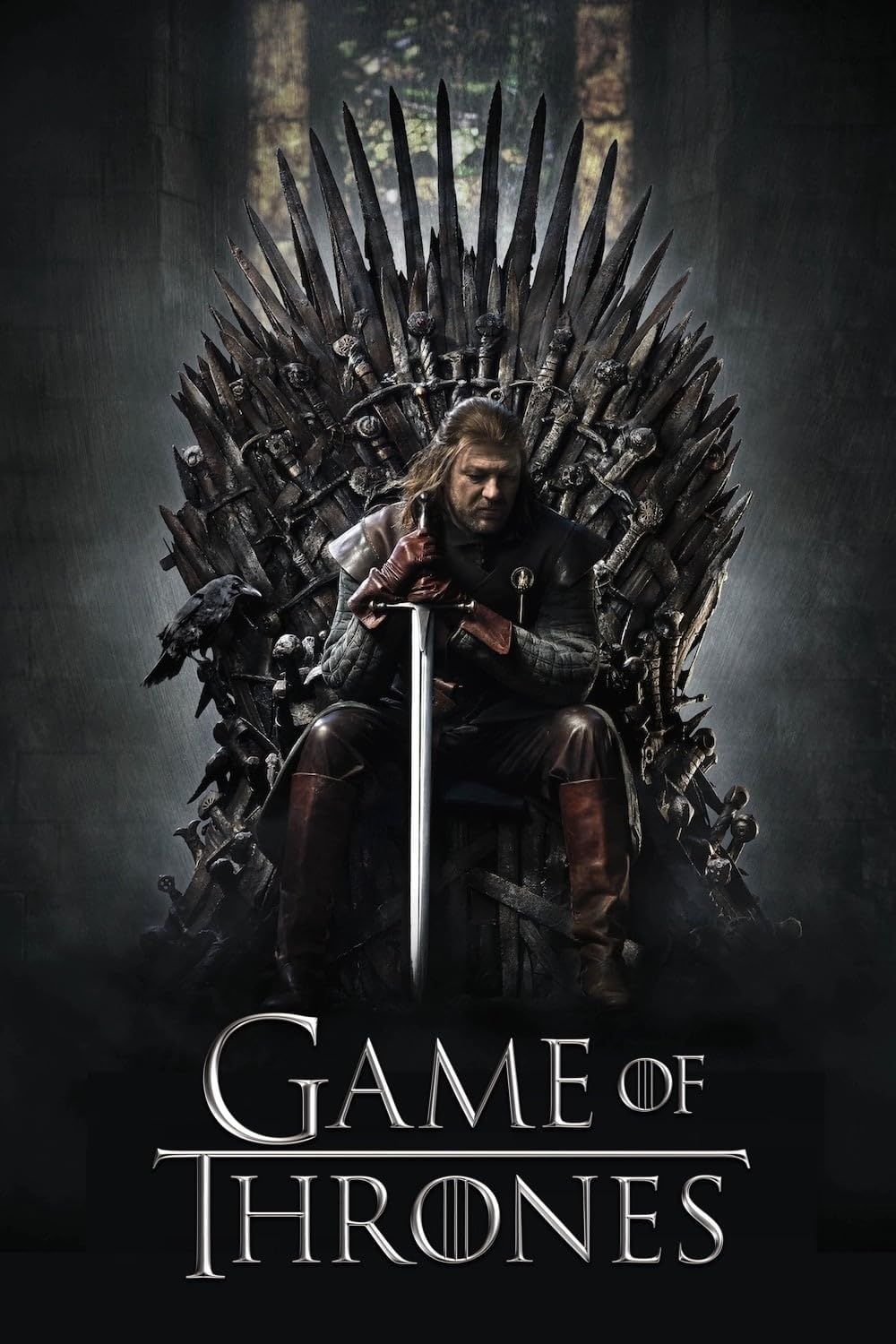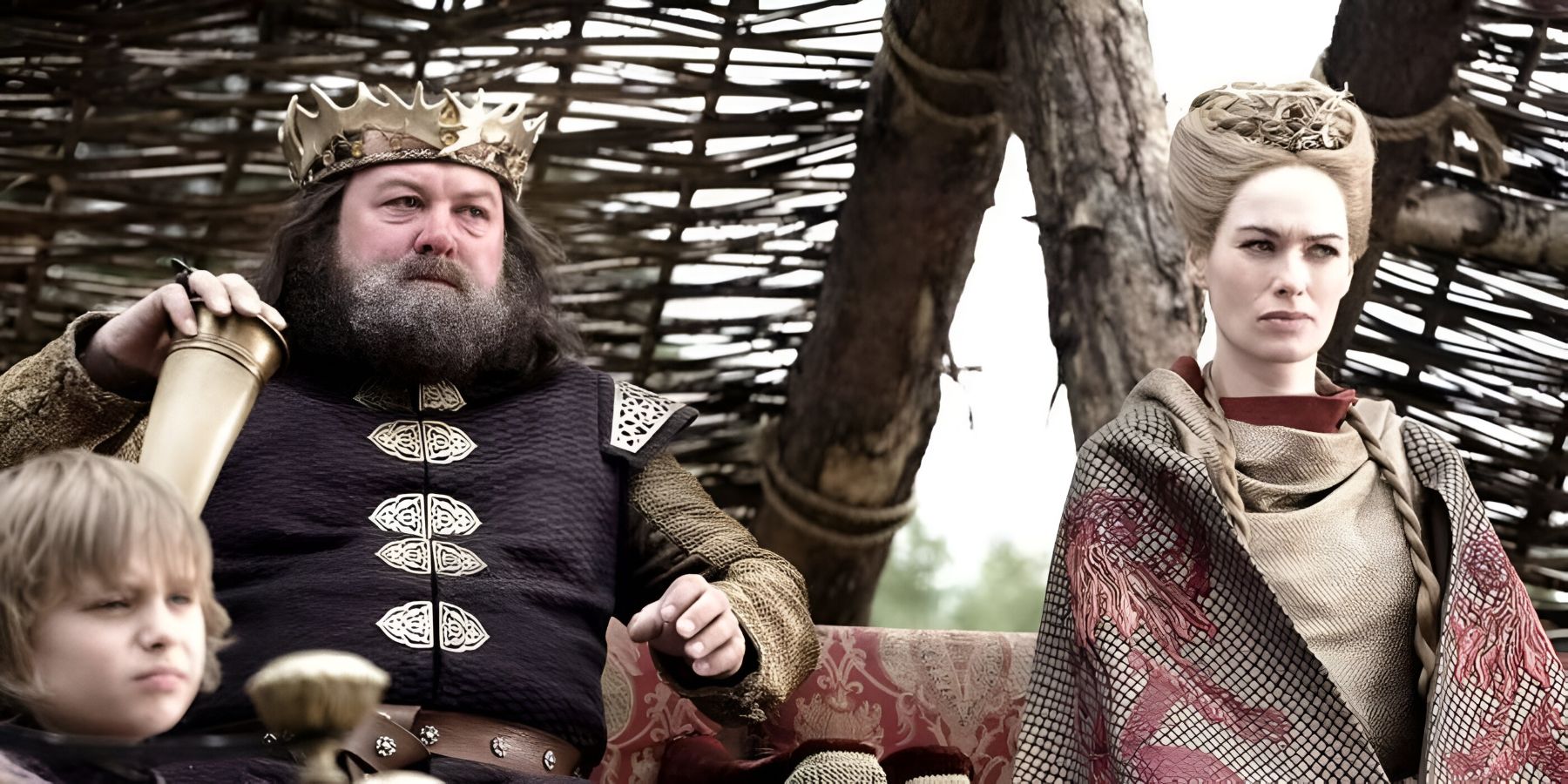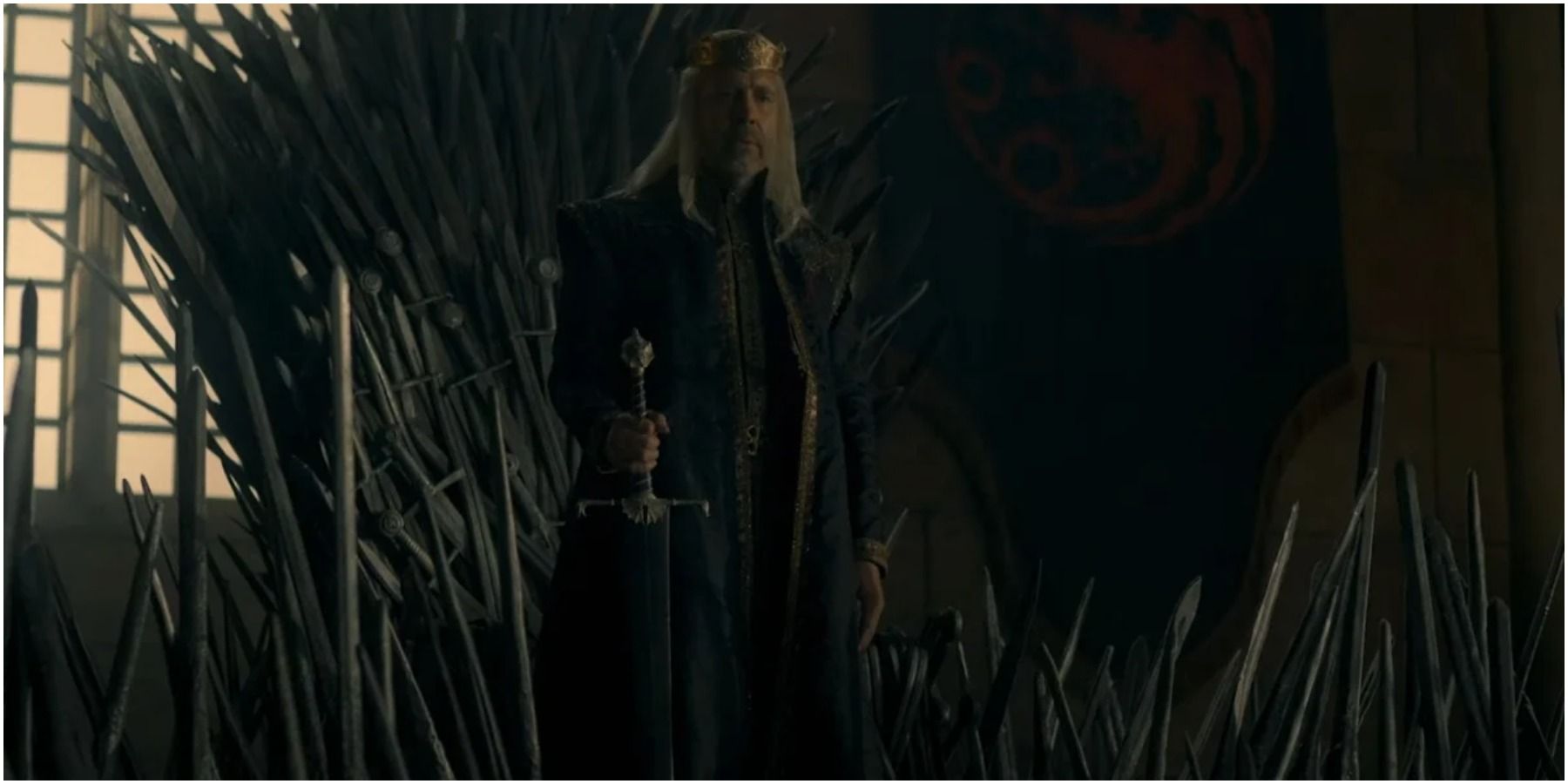The history of Westeros is replete with the rise and fall of empires, out of which the Targaryens of Old Valyria have gained the most traction. The Targaryens who’d settled on the westernmost outpost of the Valyrian Freehold, i.e., Dragonstone, launched their invasion in 2 BC. It took Aegon and his sister-wives less than two years to impose a political sword on Westeros (barring Dorne). They directly ruled the Crownlands, while the constituent regions of the Seven Kingdoms – former independent regions of the Mountain and the Vale, the Rock, the North, the Reach, the Stormlands, the Isles and the Rivers (bifurcated by Aegon into the Riverlands and the Iron Islands) were placed under the indirect rule of the crown.
The depth of breadth of the Targaryen empire had no match, and conflicts often arose because of its very vastness. Arguably the most infamous of all, the Dance of the Dragons is lifted from author George R. R. Martin’s Fire & Blood and adapted by HBO into the second live-action series, under the title House of the Dragon. The original Game of Thrones begins roughly 17 years after the end of Robert’s Rebellion. While the Dance is one of a kind, it certainly isn’t the only civil war that occurred in House Targaryen history. So, what does Game of Thrones lore say about the civil wars fought during the Targaryen rule of Westeros?
Civil Wars, Low-intensity Conflicts And Minor Rebellions
Reigns of Targaryen kings were plagued by civil wars, low-intensity conflicts (usually localized), minor rebellions, and some such. The Targaryen monarchs often led armies onto battlefields, fought via proxies, or called upon local vassals to suppress rebellions against the crown. However, Maegor vs. the Faith Militant, the First Blackfyre Rebellion, and Robert’s Rebellion are out-and-out civil wars, fought between the Targaryens and rogue elements/ rebel factions thriving across the realm. Like the Dance of the Dragons, the realm was split between House Targaryen and the Faith and Houses Tully, Lorch and more in the Faith Militant Uprising, the First Blackfyre Rebellion, and Robert’s War. They were characterized by open defiance, supported by the noble Houses with an aim to overthrow the Targaryens. In contrast, the First Dornish War started by Aegon I, or Daeron’s Conquest of Dorne were bloody but failed invasions.
The Targaryens did play at war in the Stepstones during the reign of King Viserys I; the many Dornish Wars did not divide the realm into two, and as such they can’t be classified as civil wars. The series of wars in Dorne, or the fight to control the Stepstones were fought to either topple or preserve the status quo. Moreover, House Targaryen in both cases was able to secure the support of its vassal Houses. The Dornish Wars were a series of invasions, while the Stepstones conflict was fought mainly by House Velaryon (later Daemon Targaryen joined) to rid the said territory of the Triarchy’s infestation. Wars for control and capture of territory do not fall under civil wars, even when they are large-scale, organized, and come with a huge human and monetary cost.
The Faith Militant Uprising (41-48 AC)
Within the first few decades of Targaryen rule, the House split Westeros into two opposing sides over the Targaryen practice of wedding brothers to sisters to keep the bloodlines pure and power concentrated within the family. The Faith Militant Uprising saw the Conqueror’s heir, Aenys I, at the helm of a flailing monarchy, censured by the Faith for arranging a wedding between his eldest, Rhaena, and son, Aegon. Aenys earned the wrath of the Faith, failed to handle the marraige, and the High Septon called him “King Abomination.” The Smallfolk, the order of the Poor Fellows of the Faith, and many lords in the realm turned against Aenys and his children. The Poor Fellows’ counterparts, the Warrior’s Sons, also rose in rebellion, and the weak king, Aenys, took refuge at Dragonstone.
As is the case in any civil war, the Faith Militant Uprising saw most of the realm rebel against the Targaryens. While Aenys’ heirs were besieged at Crakehall, his younger half-brother from Queen Visenya, Maegor, usurped their throne and waged a full-blown war against the Faith Militant. The Grand Captain of the Warrior’s Sons, Ser Damon Morrigen, and Maegor agree to settle Maegor’s ascension through a Trial by Seven. Maegor was the only surviving combatant, but he went into a coma at the end. When he recovered, he took flight on Balerion the Black Dread and set fire to the Sept of Remembrance, taken over by the militants. He also fought Poor Fellows at Stonebridge and Poor Fellows, the Warrior’s Sons, Riverlords, and Westerlands’ lords at the Great Fork, but the Faith continued the resistance.
More Poor Fellows and Warrior’s Son rose in arms despite Visenya and Maegor’s efforts. Ultimately, Visenya and Maegor died in 44 AC and 48 AC, after which King Jaehaerys (aka the Conciliator) struck a peace accord with the Faith with the help of his Hand, Septon Barth. The Poor Fellows and the Warrior’s Sons surrendered in exchange for the Iron Throne’s protection. In addition, the Faith made an exception for the Targaryens via an instrument known as the Doctrine of Exceptionalism which allowed them to marry as they pleased.
The First Of The Blackfyre Rebellions (196 AC)
The Blackfyre Pretenders rose in rebellion against the trueborn Targaryens, more specifically, Daeron II on the Iron Throne. The generations of Blackfyre warfare have a bit of backstory which concerns the misrule, and the spiteful move of Aegon the IV or Aegon the Unworthy. Before dying, Aegon IV, who sired numerous bastards, ended up legitimizing all of them to spite his heir, Daeron, rumored to be the unlawful son of his sister-wife, Naerys, and younger brother, Aemon.
Earlier in 182 AC, Aegon IV had publicly knighted one of his bastard sons, Daemon, with the Blackfyre sword for winning a squire’s tourney. The latter took up the name Blackfyre and established his faction of House Targaryen. He rose in rebellion against his half-brother, King Daeron II, in the year 196 AC. Daemon Blackfyre’s rebellion split the realm into two, and the full-blown civil war ended in his death at the climatic battle of the Redgrass Field. Warriors, councilors, and Aegon IV’s Great Bastard, Aegor stood behind Daemon Blackfyre as the realm was cast into a civil war.
Robert’s Rebellion (282-283 AC)
The usurper, Robert Baratheon, waged a war against the Iron Throne, after his betrothed, Lyanna Stark, was allegedly kidnapped by the crown prince Rhaegar Targaryen. The truth is, Lyanna stole away with a married man, and plunged the realm into a war that saw Starks, Arryns, Baratheons, and Tullys on one side, and Targaryens, Martells, and Gardeners on the other. Tywin of House Lannister sat out most of the rebellion and joined the rebels’ side when they were near victory. The Greyjoys of the Iron Islands joined the rebel faction after Trident, where Prince Rhaegar fell.
Robert’s Rebellion has a prelude, in which the Mad King, Aerys II, who sat the Iron Throne, executes Lord Rickard Stark and his son, and heir, Brandon, at the Red Keep. The Starks simply demanded the release of Lyanna, not knowing that she had eloped with Rhaegar. Their executions sparked a civil war that lasted a year and ended in a decisive victory for the rebels. The Mad King was killed by his Kingsguard, Jaime Lannister, and his surviving children, Viserys and Daenerys, were spirited away to the Free Cities. Robert claimed the throne and ushered in a new era with House Baratheon in control.
The Game of Thrones fandom awaits the third live-action TV series, A Knight of the Seven Kingdoms‘ release.

Game of Thrones
Game of Thrones, based on the Song of Ice and Fire book series by George R.R. Martin, tells the sprawling story of warring families in Westeros. This includes the Starks, the Lannisters, the Baratheons, and the Targaryens. Along with human conflicts, Westeros is also threatened by the re-emergence of dragons, and an undead enemy from beyond the Wall.






